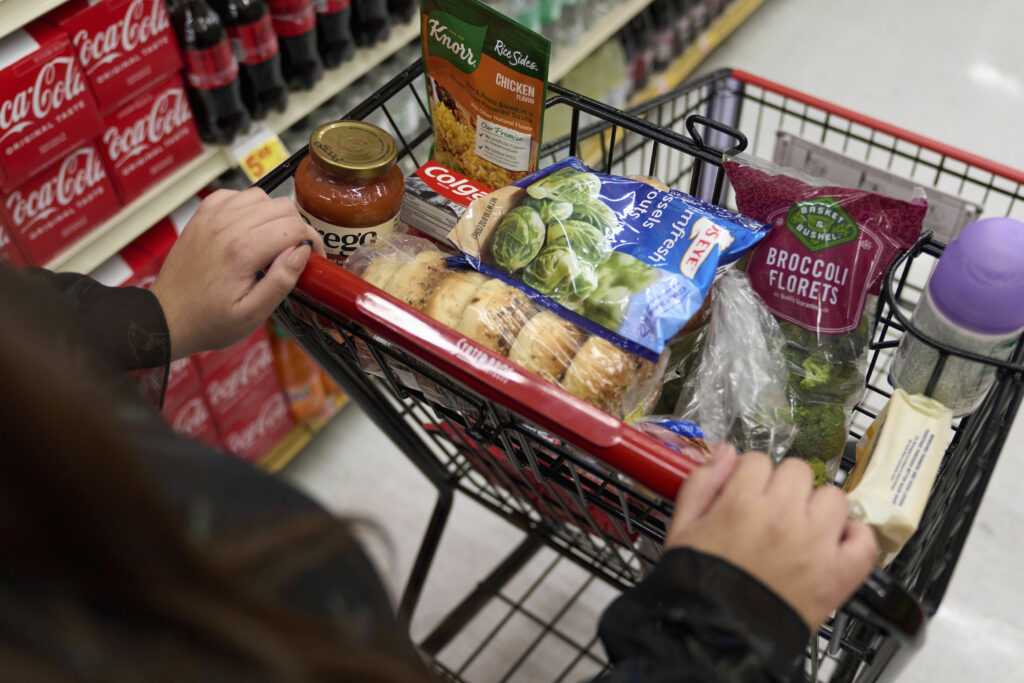
This week we get new data on U.S. productivity for Q2 (previous reading: -1.5%) and U.S. unit labor costs for Q2 (previous reading: 6.6%). These numbers will provide crucial insight into whether the economic growth slowdown that began in the first half of this year is accelerating or stabilizing.
Q1 marked the first decline in nonfarm business sector labor productivity since the second quarter of 2022 – a troubling milestone that coincided with the broader economic deceleration we’ve observed this year.
Private sector job growth collapsed from 137,000 in May to just 74,000 in June, while real wage growth has turned negative again. The hiring rate is the lowest since October 2013. At the same time, the civilian labor force has been shrinking for three consecutive months.
And while traders now expect the Fed to resume its rate cutting cycle starting in September, perhaps this economic slowdown will be a difficult one to reverse.
The Growth Accounting Reality
The labor market slowdown fits into a larger story about economic fundamentals. Real GDP growth can be decomposed as: Real GDP = (Labor Productivity) × (Hours per Worker) × (Employment per person) × (Population). With population growth and employment growth both slowing, real economic growth is expected to decelerate without sufficiently high productivity gains to offset the slowdown.
Click this link for the original source of this article.
Author: Ray Hilbrich
This content is courtesy of, and owned and copyrighted by, https://www.offthepress.com and its author. This content is made available by use of the public RSS feed offered by the host site and is used for educational purposes only. If you are the author or represent the host site and would like this content removed now and in the future, please contact USSANews.com using the email address in the Contact page found in the website menu.







